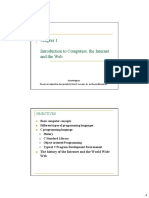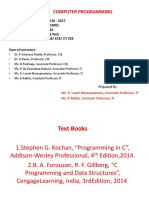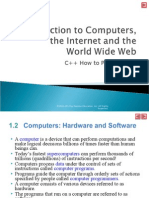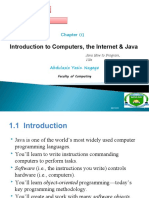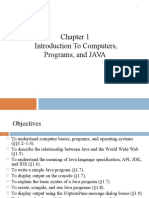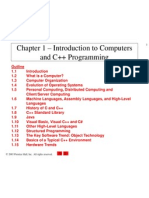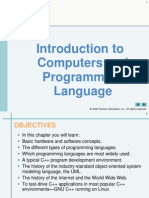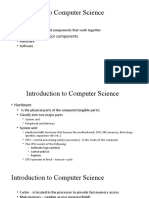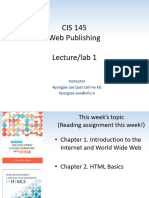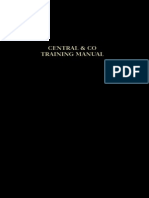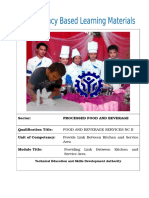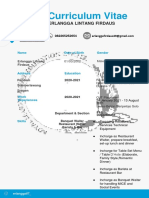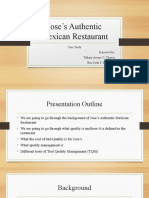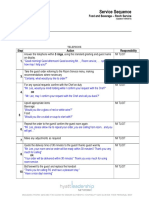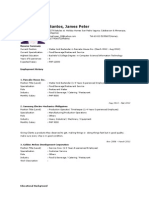0% found this document useful (0 votes)
51 views66 pagesAdvance Internet Technique
This document discusses computer programming languages and the evolution of the internet. It covers basic computing concepts and different types of programming languages including machine language, assembly language, and high-level languages. It also discusses the history and development of the internet and world wide web, including topics like web 2.0, rich internet applications, and software technologies used for web development. The objectives are to learn about computing fundamentals, programming languages, and key trends that have shaped the internet.
Uploaded by
Gaafar MohammedCopyright
© © All Rights Reserved
We take content rights seriously. If you suspect this is your content, claim it here.
Available Formats
Download as PPT, PDF, TXT or read online on Scribd
0% found this document useful (0 votes)
51 views66 pagesAdvance Internet Technique
This document discusses computer programming languages and the evolution of the internet. It covers basic computing concepts and different types of programming languages including machine language, assembly language, and high-level languages. It also discusses the history and development of the internet and world wide web, including topics like web 2.0, rich internet applications, and software technologies used for web development. The objectives are to learn about computing fundamentals, programming languages, and key trends that have shaped the internet.
Uploaded by
Gaafar MohammedCopyright
© © All Rights Reserved
We take content rights seriously. If you suspect this is your content, claim it here.
Available Formats
Download as PPT, PDF, TXT or read online on Scribd
/ 66







